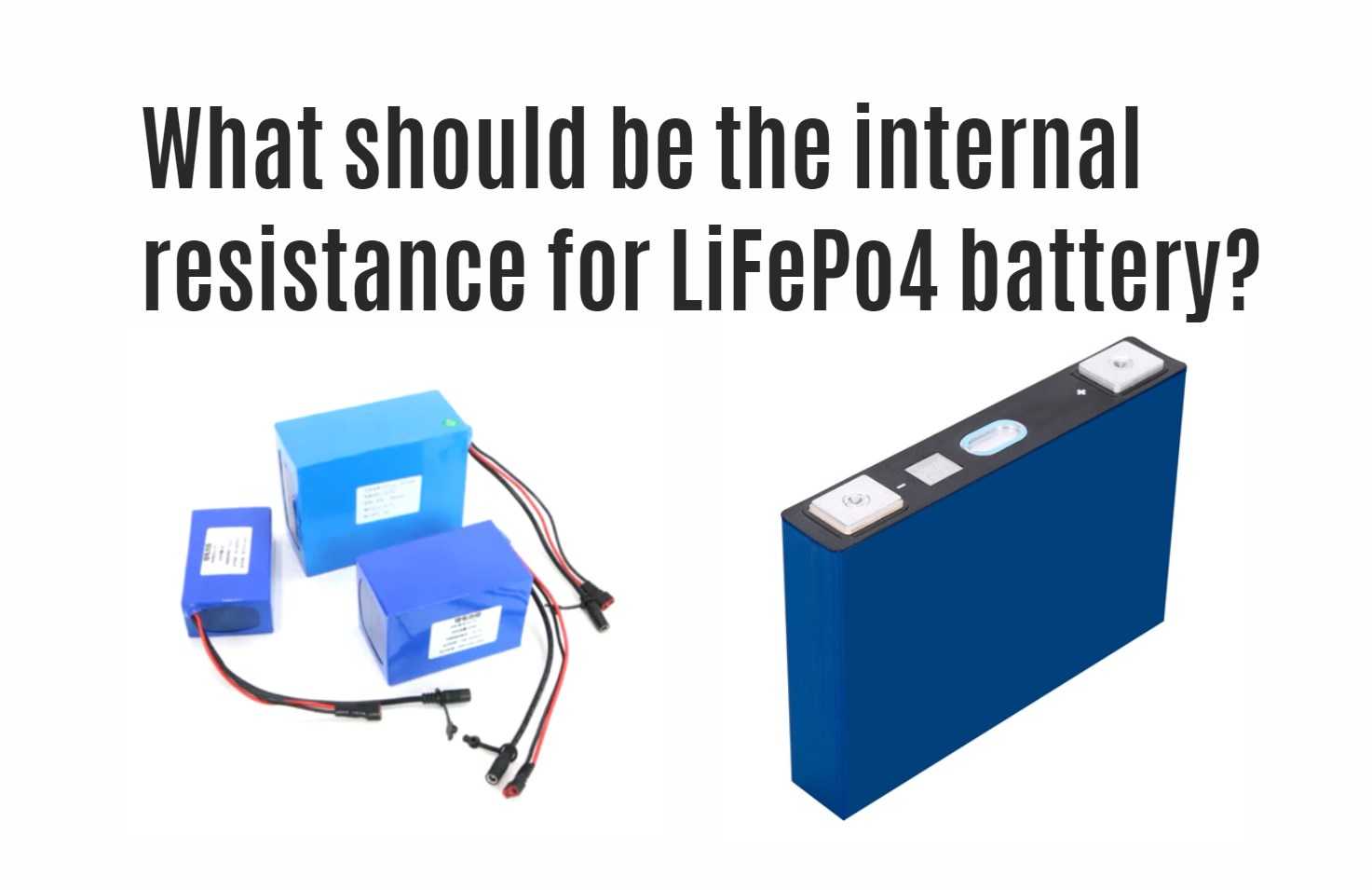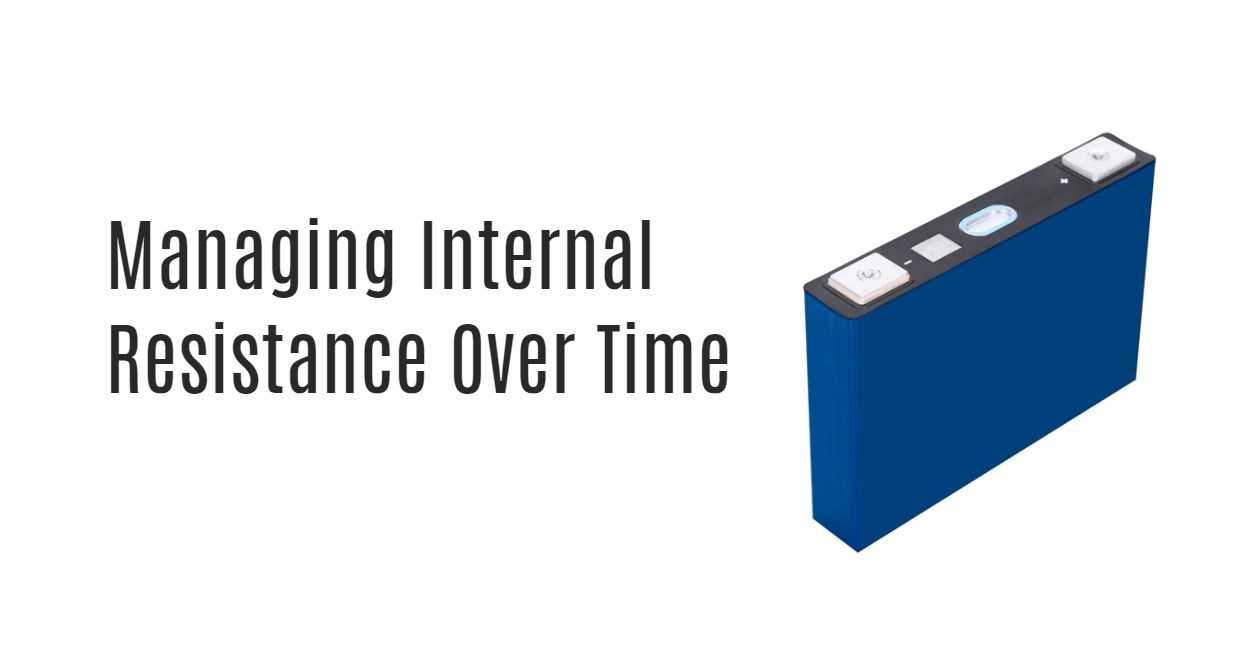At what voltage is a Lithium battery empty?
At Redway, we delve into the critical nuances of lithium battery performance, particularly focusing on the discharge voltage thresholds that impact their efficiency and longevity. Lithium-ion batteries, ubiquitous in consumer electronics and electric vehicles, exhibit specific discharge characteristics that warrant careful consideration for optimal usage and maintenance.
What Voltage is Considered Empty for Lithium Batteries?
The determination of when a lithium battery is considered empty varies depending on its type and model. Generally, lithium-ion batteries maintain a nominal voltage range between 3.6 to 3.7 volts per cell during operation. When these batteries discharge to approximately 3.0 volts per cell, they are typically considered empty. However, this threshold can slightly differ based on the manufacturer’s specifications and the intended application of the battery.
Importance of Avoiding Deep Discharge
One of the critical aspects to highlight is the detrimental impact of deep discharge on lithium batteries. Discharging a battery below its recommended minimum voltage can lead to irreversible damage, significantly reducing its lifespan and overall performance. Therefore, it is imperative for users to be aware of and adhere to the specified discharge limits to maintain battery health and longevity.
Best Practices for Maximizing Lithium Battery Lifespan
To ensure optimal performance and extend the lifespan of lithium batteries, adhering to best practices is crucial:
-
Regular Recharging: Avoid allowing lithium batteries to reach their minimum voltage threshold before recharging. Regular recharging helps maintain battery health and prevents deep discharge scenarios.
-
Temperature Considerations: Lithium batteries perform best within a specific temperature range. Extreme temperatures can affect their efficiency and lifespan. Understanding and adhering to temperature guidelines can mitigate potential issues.
-
Quality Charging Equipment: Using compatible and high-quality charging equipment is essential. Improper chargers can lead to overcharging or undercharging, both of which can impact battery performance and safety.
Applications and Industry Insights
The usage of lithium batteries spans across various industries, including consumer electronics, electric vehicles (EVs), renewable energy storage systems, and more. Each industry segment often requires specific battery configurations and discharge profiles tailored to their operational requirements and environmental conditions.
Conclusion
In conclusion, understanding the discharge voltage thresholds of lithium batteries is crucial for optimizing their performance, enhancing safety, and prolonging lifespan. By adhering to manufacturer guidelines and adopting best practices in battery management, users can ensure that their lithium batteries operate efficiently and reliably throughout their intended lifespan.
For more insights and expert advice on lithium battery technology, contact Redway today. Ensure your devices and systems operate at peak performance with our reliable battery solutions.





